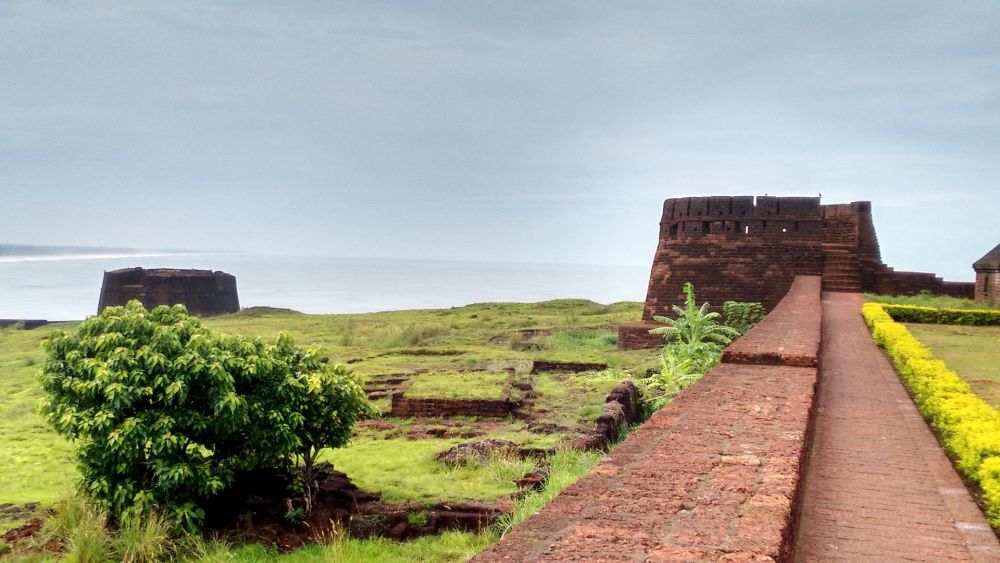

Chapora Fort, located in North Goa, is a testament to the rich history and vibrant culture that the region possesses. This ancient fortification stands tall on the banks of the Chapora River, offering breathtaking views of the Arabian Sea and adjacent Vagator Beach. The fort's history dates back to the 17th century, when it was constructed by the Portuguese as a defense stronghold.
Before the Portuguese erected the Chapora Fort, the site was home to an older structure built by the Muslim ruler, Adil Shah of Bijapur. It was intended to keep watch over the Hindu raiders who wished to set up their territory in the region. After the Portuguese took control of Goa, they rebuilt the fort using red laterite stone, giving it the impressive form we see today.
The fort derives its name from the Chapora River over which it overlooks. While it might be in ruins now, the fort's walls and ramparts still echo the tales of battles and colonial power struggles between various forces such as the Marathas, the Dutch, and the Portuguese who sought control over the region.
The fortification, although largely overlooked in the early and mid-20th century, gradually became a popular tourist spot towards the late 20th century. The 1976 Bollywood movie 'Hare Rama Hare Krishna' shot here played a pivotal role in showcasing the fort's potential as a tourism destination. Since then, Chapora Fort has been attracting history buffs, photography enthusiasts, and explorers from across the world.
In recent years, Chapora Fort has witnessed several tourism trends. One of the key trends is the growth of experiential travel—tourists visit the fort not only to admire its historic architecture but also to experience the sunset views and the panoramic vistas of Goa's coastline. Adventure tourism is another trend, with visitors often hiking up to the fort from the adjacent Vagator Beach. Today, it has become a must-visit destination for those traveling to Goa.
Ecotourism and sustainability are also becoming more critical, with increased sensitivity towards preserving the natural beauty surrounding the fort. The Goa government and local tourism authorities are focusing on initiatives to keep the fort and its surroundings clean and to educate visitors about the significant role they play in maintaining the site's integrity.
The fort remains an iconic historical structure, despite the battering by time and elements. It is a reminder of Goa's tumultuous history and Portugal's once-formidable colonial presence in India. The fort is now managed by the Archaeological Survey of India, and while it may not have the grandeur of some well-preserved monuments, its ruins speak volumes. The simplicity of its structure complemented by the grandeur of its setting makes Chapora Fort a captivating destination for tourists from all walks of life.
The tourism industry continues to evolve, but Chapora Fort's raw beauty and historical significance remain timeless, enticing visitors year after year and solidifying its place as one of North Goa's most treasured landmarks.